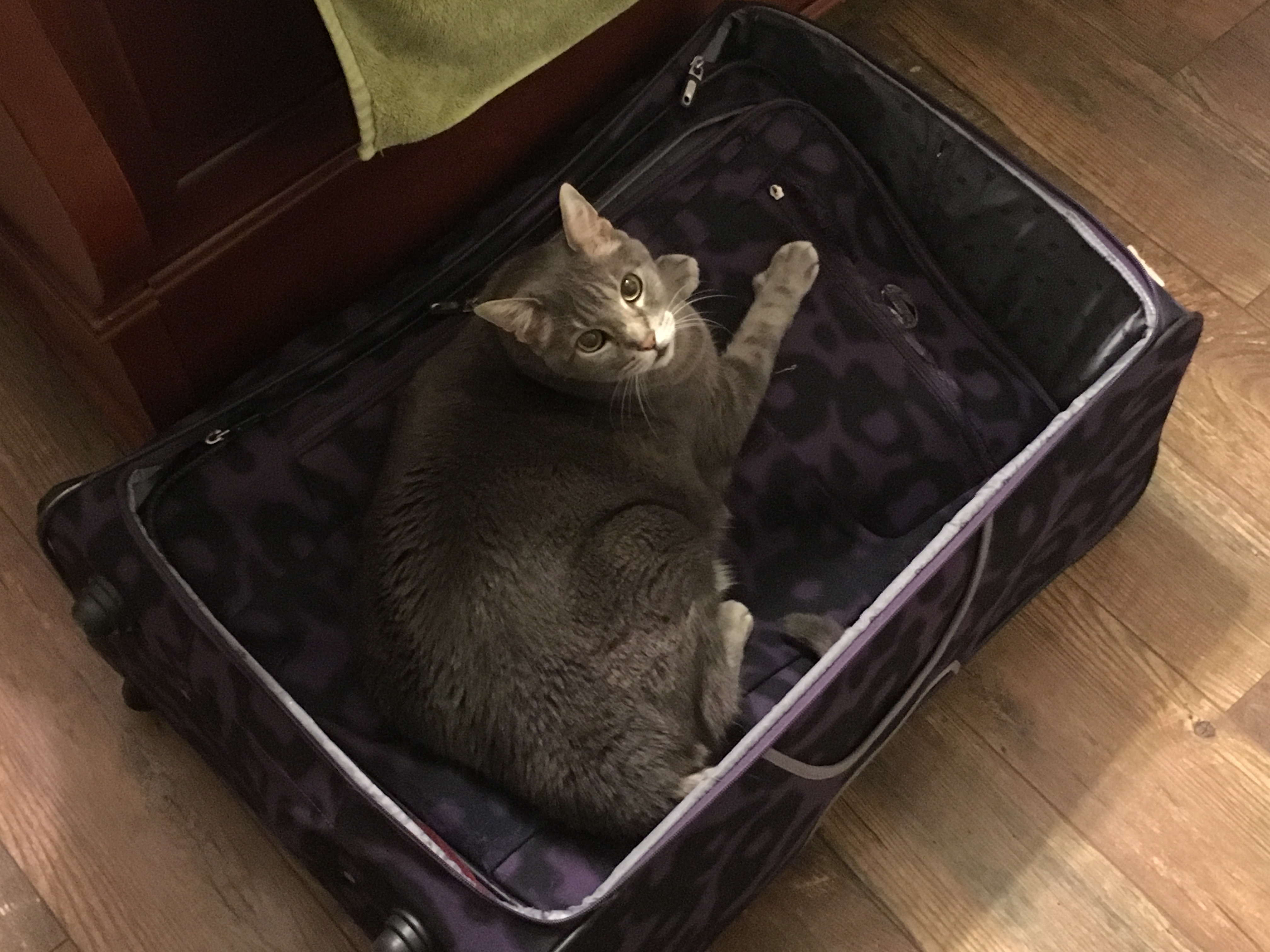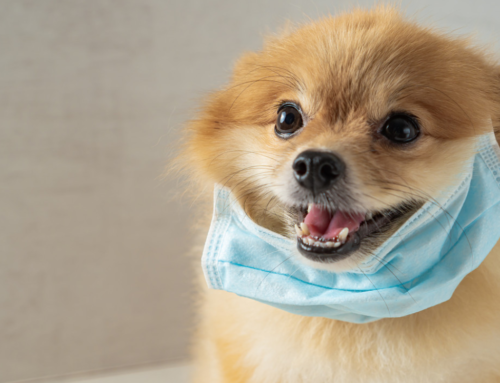The airplane is a stressful place. Nearly 40,000 feet in the air, these vehicles are loud, cramped, and uncomfortable. Between getting yourself to the airport, securing your boarding pass, passing through TSA, and finally boarding the plane, passengers must deal with a lot of responsibilities. Now, imagine doing all of that while carrying an unhappy cat—no thank you.
However, travelers often find themselves stuck in these tough situations. Flying with a cat can be difficult, but it is not impossible. Airlines have specific, feline-related rules and regulations, but because of the animal’s size and decreased potential for harm, these rules can be less severe than they might be with dogs. Regardless, cat pets should take precautions to make the travel experience as comfortable as possible for both the feline friend and fellow passengers. Below, readers will find helpful tips for preparing your kitty for takeoff, understanding how behavior can affect ability to travel, and preventing prohibited breeds from boarding planes.
Preparation is Key
Cats are temperamental creatures. Though loved for their hot and cold affectionate behavior, unpredictable moods can lead to a stressful and unfortunate travel experience. Though forecasting behavior on the day of a flight can be difficult, cat parents can prepare the animal in advance, leading to less stress and a more pleasurable experience for everyone involved.
Several weeks before your flight, begin to crate train your cat. Most cats hate crates and carriers—they are seldom-used and often associated with stressful situations, such as vet visits. The mere sight of a crate can send a cat running. However, owners can train their cats to associate the crate with fun, positive experience, allowing for easy and stress-free transport. To begin the training, make the crate into a piece of home furniture; place it in a corner of the room for the cat to explore on his own. After time, the fear factor will begin to fade.
After a couple of weeks, begin to introduce activities to the crate experience; throw a ping-pong ball into the container, or layer blankets to make a comfortable bed. If your cat is food-oriented, spend some time training him to enter the crate for a treat. Once your cat is comfortable spending time in the crate, begin to take him out of your home—bring him along for a drive or a walk around the block. Though it may take several weeks for a cat to feel comfortable in a carrier, this is a crucial step for a safe and pleasant travel experience.
While crate training, is it important to acclimate your cat to loud noises; planes and airports are far louder than the average home, and loud noises can be very stressful for our feline friends. If possible, take your crate-trained cat to the airport for a test run—allow them to experience the sights and sounds before the big day, then reward good behavior with a treat. This can also help you understand how they will react while travelling.
Behavior and Travel
Cats are small and relatively quiet, making the animals excellent candidates for in-cabin transportation. However, cats react differently to stressful situations. For example, if your cat hisses or becomes violent when overwhelmed, he may not be destined for in-cabin transport. As stated above, preparation is necessary for anxious and tense cats; practice rewarding your cat for good reactions to stress. Ultimately, you have to know and understand your cat’s personality to assess his ability to travel.
If, on the day of your flight, your cat becomes unrecognizably tense, throw a heavy blanket over the carrier. This will dull the noise and eliminate optical stimulation, allowing your cat to relax. Removing stimuli, when possible, is the best way to calm down an anxious cat.
However, if your cat becomes loud, irritated, or a nuisance to fellow passengers, you may be asked to store the feline friend in cargo. If this happens, don’t freak out—give the cat a few treats, spray some Feliway, and allow kitty to go down below. However, to avoid injury, ensure that your cat is in a pressurized, temperature-controlled part of the plane; this is usually classified as “extra baggage.”
Prohibited Breeds
Though cats experience less phenotypic variation than dogs (they are around the same size, have similar features, and experience similar health issues), certain breeds can be banned from air travel. Brachycephalic, or snub-nosed animals, are banned from planes due to health risks associated with breathing. In 2011, the Department of Agriculture reported 189 animal deaths on commercial flights between 2005 and 2001; the New York Times reported that, of those 189 animals, 98—more than half—were brachycephalic breeds. As a result, all animals characterized as brachycephalic are banned from most air travel.
Brachycephalic airway syndrome refers to a particular set of upper airway abnormalities which affect brachycephalic cats and dogs. The condition, experienced in most snub-nosed breeds, catalyzes the development of abnormalities—an elongated soft palate, a hypoplastic trachea, stenotic nares, and/or everted laryngeal saccules. Put simply, brachycephalic airway syndrome puts added strain on an animal’s breathing. This strain, when combined with the stress and changes in air pressure concomitant with air travel, and cause asphyxiation.
Persian, Himalayan, and Burmese cats are the most well-recognized brachycephalic cat breeds. However, if you are unsure of your cat’s breed, consulting a veterinary professional is your best option.




